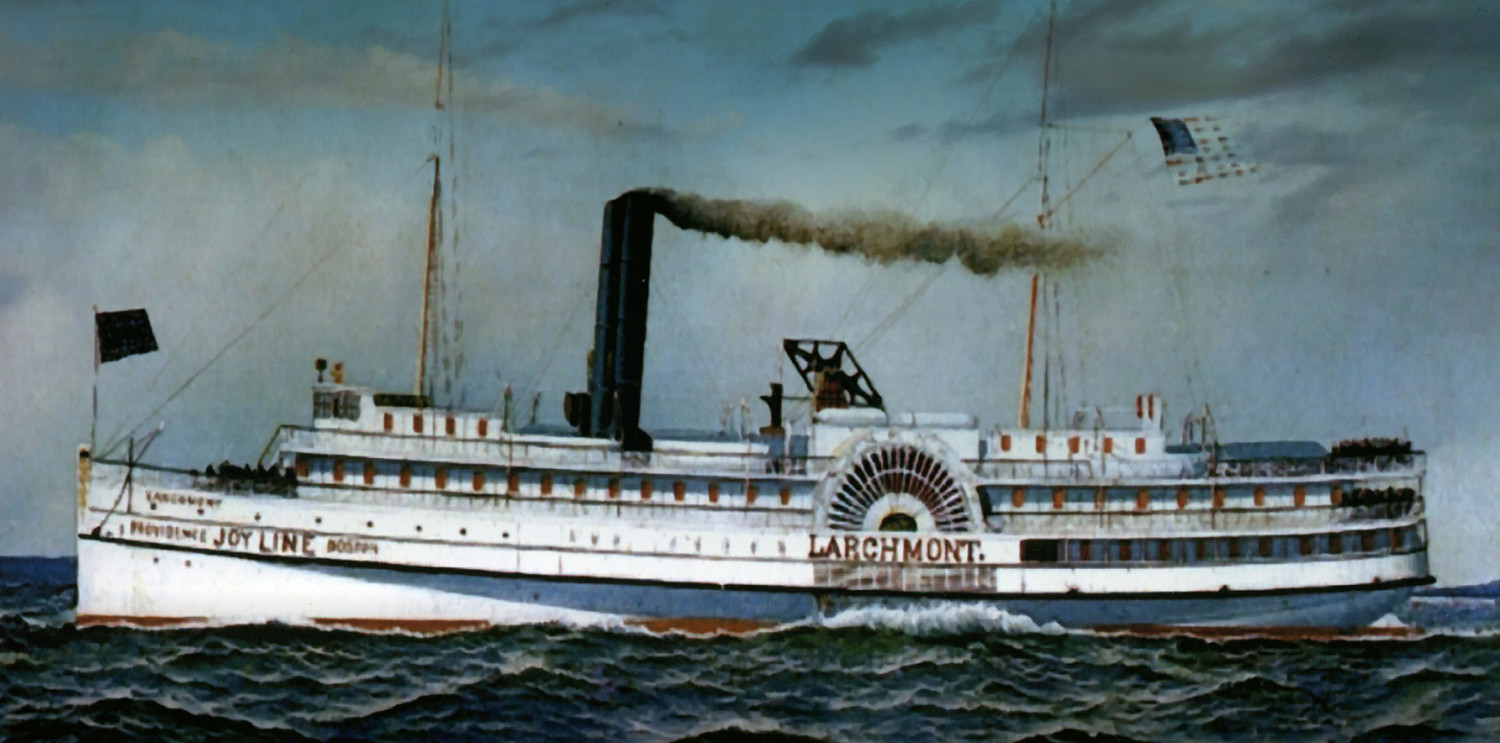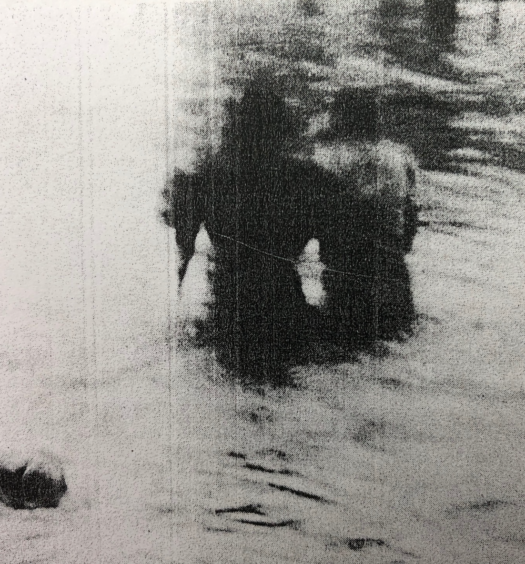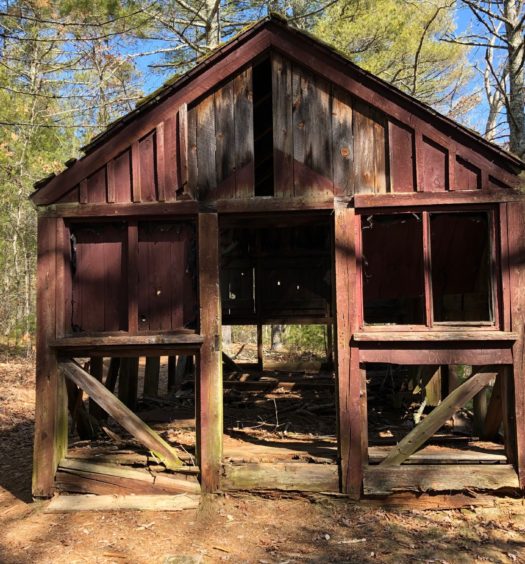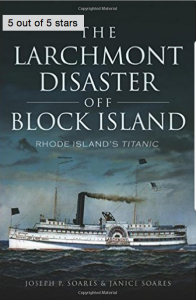The Larchmont Disaster, by Joseph and Janice Soares (Charleston, SC: History Press, 2014, $19.99)
It has been called the Titanic of Rhode Island, a little remembered disaster that claimed almost 150 lives. The tragedy occurred on February 11, 1907, when the steamship Larchmont and the schooner Harry Knowlton collided in Block Island Sound, south of Watch Hill and west of Block Island. Surprisingly, this was not the first time that the Larchmont had met with catastrophe. The ship had already suffered two major fires, collided with two other vessels, and sank in shallow water in Boston Harbor in 1902.
That fateful night, the Larchmont steamed from Providence to New York City on a routine voyage taking on passengers and freight. The ship was under the command of Captain George W. McVay. Running into a strong gale and fierce waves, the Larchmont and her crew responded too late to avoid the Harry Knowlton, which tore into it, almost ripping the larger vessel in two. The Knowlton was thrown asunder as the Larchmont quickly began to take water. It was a bitterly cold night and the seawater ice cold.
Some of the crew and passengers made it to the lifeboats and headed toward Fisher’s Island. As word of the disaster reached Block Island, courageous locals boarded their own vessels to respond. It was too late for many of the passengers and crew, however, as frozen bodies had begun to wash ashore at Quonochontaug and Block Island. Block Island became the center of the recovery operation as so many bodies washed up there.
The smallest state plunged into mourning. Surprisingly, many Rhode Islanders took day trips from Providence to Weekapaug and Watch Hill to see the debris that washed ashore in the hopes retrieving small souvenirs.
The authors present a detailed discussion of the tragedy, including the controversy over the behavior of the captain and crew revealed in the testimony from the court of inquiry. They conclude by describing the shipping industry in early twentieth century Rhode Island and discussing other major shipping disasters in southern New England, as well as places where visitors can go today to see sites related to the Larchmont disaster.
Joseph and Janice Soares have done a creditable job at bringing to light a little known event in Rhode Island history. The writing is crisp and detailed, and they have conveyed the full sense of the horror of the Larchmont disaster and what it meant to the people of Rhode Island at the time. The book is richly illustrated with many rare photographs of the event and the people involved. Although the book is not footnoted, the authors have listed a bibliography useful for research. This book is one that will appeal to an audience interested in the maritime history of Rhode Island and the south coast of Rhode Island. I highly recommend it.

















